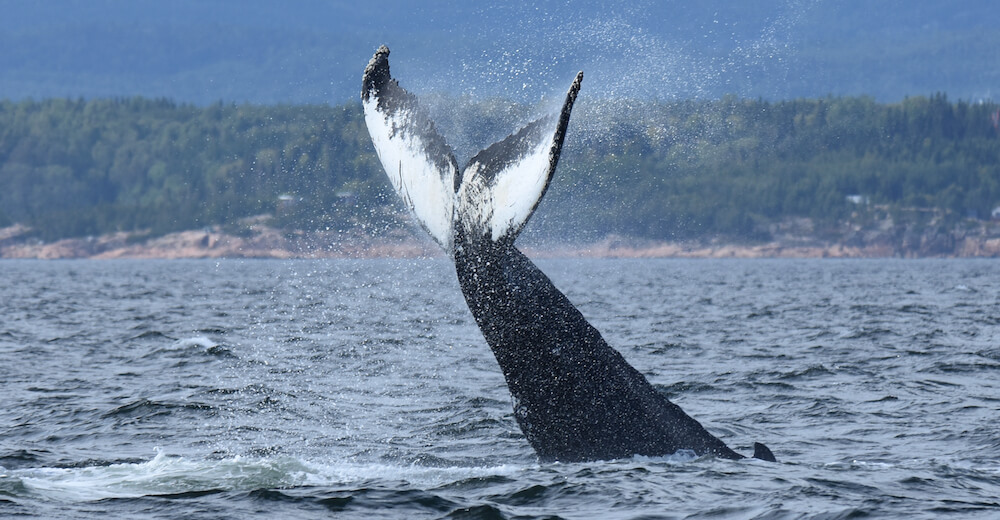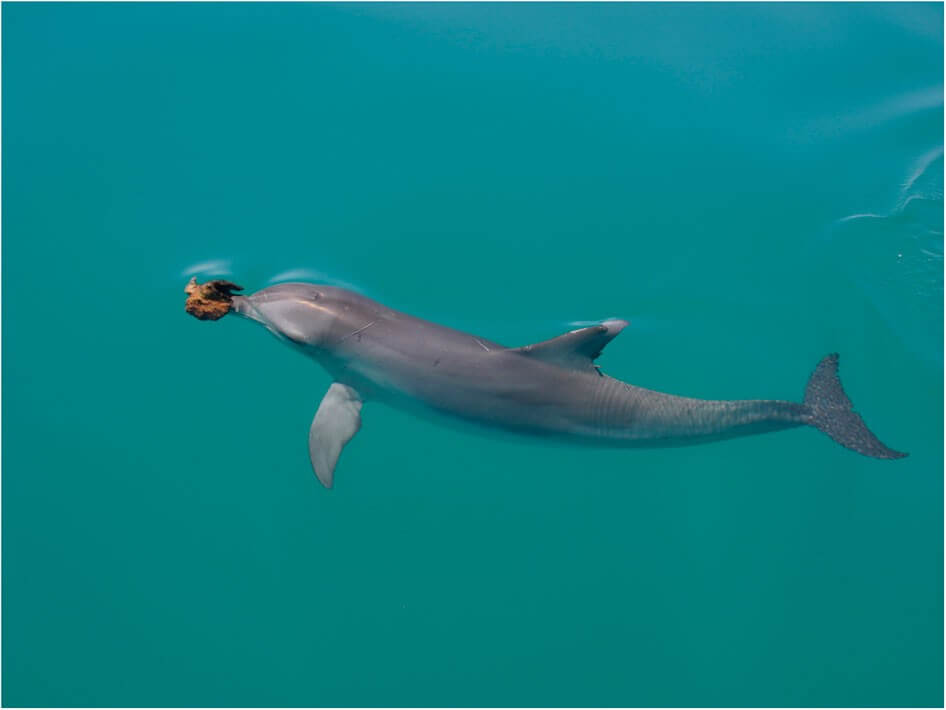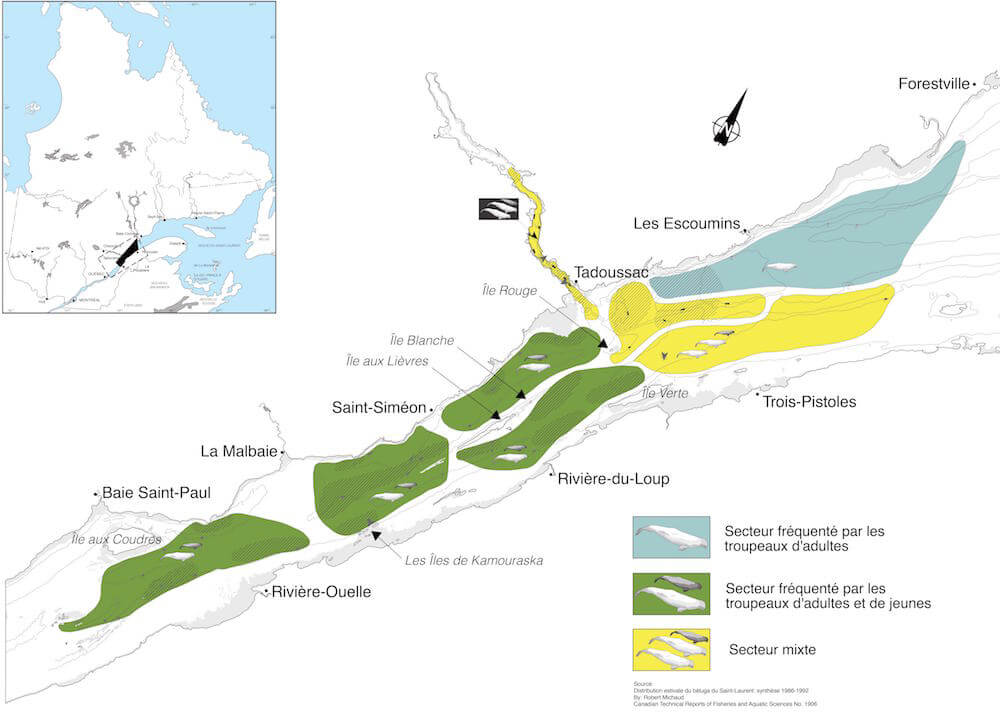If we truly want to protect whales – and other species as well for that matter – biologists must understand the local culture of each population. This is the message delivered by 25 scientists in an article published in Proceedings of the Royal Society B.
Why do we say that whales have culture?
Within a species, each group of individuals may have their own habits or ways of doing things. For example, some bottlenose dolphins wear a sea sponge on their rostrum, a habit that is believed to protect their mouths when they forage near the seabed. But this technique is not used by all groups of bottlenose dolphins, each of which has its own modus operandi. This phenomenon of specialization is also observed in killer whales, which are even separated into “ecotypes” according to their food preferences and their vocal repertoire.
Thus, whales possess a great deal of knowledge that is not inherited, but rather passed on through social learning. A whale can learn a new hunting technique by observing a member of its own species. As it is passed along within a population or a smaller group, this knowledge can then become the norm, meaning it becomes a cultural behaviour specific to a given group.
Social learning and culture are not unique to humans and dolphins. The authors of the study describe examples of cultural behaviours in monkeys and other land mammals, birds, and even fish! Behaviours studied mainly concern hunting and feeding techniques, migration routes and means of communication such as whale and bird songs. Numerous other cultural behaviours have been observed in whales, many of which are presented in the documentary series Secrets of the Whales.
What is the connection between whale culture and their conservation?
In addition to wowing humans, whale culture can help scientists improve their conservation efforts. Indeed, by understanding the habits of a population to be protected, researchers can propose suitable solutions to the threats it faces by taking into account the local culture. For example, knowing that the southern resident killer whale population is loyal to its favourite food source, chinook salmon, scientists have been able to prioritize protection measures for this fish in the killer whale recovery strategy rather than hope that killer whales will modify their diet in response to declining salmon stocks. Despite this, a review of literature published in 2016 showed that solutions based on animal behaviour are rarely proposed in conservation plans.
In the case of St. Lawrence belugas, researchers are working hard to unlock the mysteries of their social organization in order to better protect this endangered population. To better understand the effect of maritime traffic on belugas, researcher Clément Chion has designed a simulator that reproduces not only the movements of belugas, but also their social structure and their habitat preferences. “Already, this simulator has enabled us to determine that if we increase maritime traffic in the Saguenay, we should anticipate a greater impact on those communities that regularly visit the Saguenay,” explains GREMM Scientific Director Robert Michaud.
Conservation programs generally aim to preserve the genetic variability of a species. More and more, however, cultural variability is recognized as a component that must also be preserved. In the St. Lawrence, it is believed that there are three distinct communities of female belugas, each with its preferred habits and habitats. “By protecting each of these communities, we will also be sure that we preserve the full variety of strategies that are transmitted in the matrilineal lineages,” explains Robert Michaud.
In the years to come, more and more will be learned about the culture of St. Lawrence beluga communities. After studying allomaternal a.k.a. “babysitting” behaviour in the course of her master’s degree, Jaclyn Aubin is back for a PhD project on beluga vocal repertoires. The hypothesis is that contact calls, i.e. sounds used for communication between a mother and her calf and to maintain group cohesion, show more similarities within a given community than between communities. We could therefore say that there are several dialects within the St. Lawrence beluga population. “This is likely a tangible element of the culture that we would like to protect as such,” concludes Robert Michaud.








